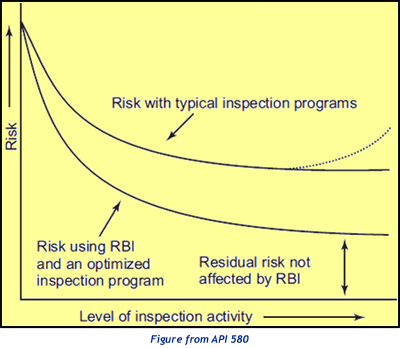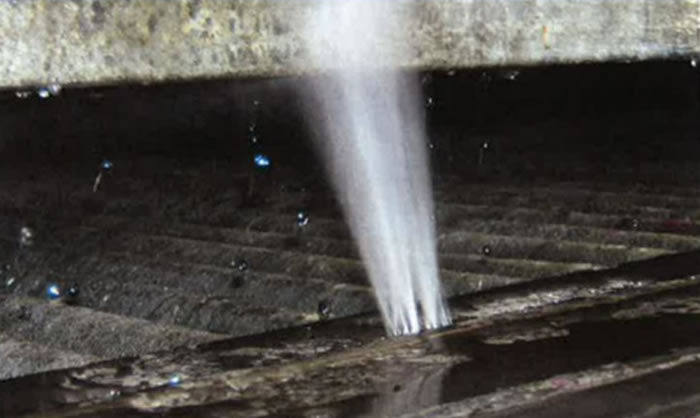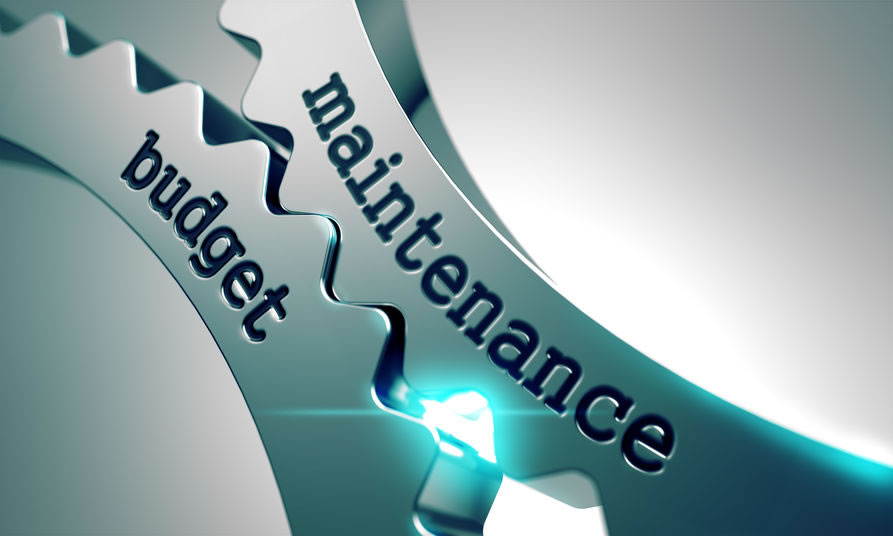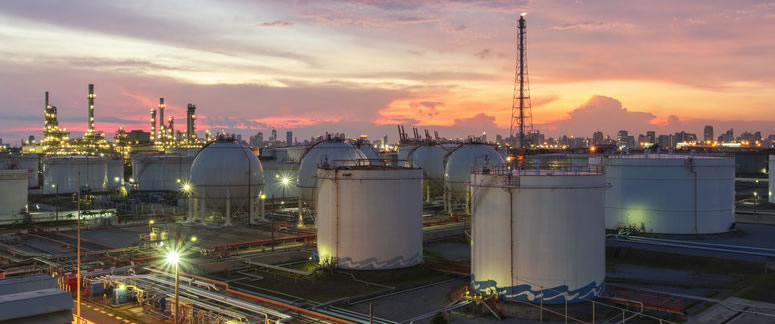Why Risk-Based Inspection (RBI) Works

The API Inspection Codes were originally based on failure prevention and did not consider the consequences of failure or potential damage mechanisms. Risk-based inspection (RBI) assessments result in an equipment risk ranking based on the probability of failure (a leak occurring) and the consequence associated with that leak. Applied properly, RBI provides the benefit of increasing operating efficiencies and unit run lengths of process facilities while maintaining or reducing the current level of risk.

As stated above, risk has two components, probability and consequence. In risk-based inspection, the probability of failure is determined by evaluating the initial design conditions and the amount of damage that can potentially occur while the equipment is in operation. Uncertainty in the model is also address by crediting previous inspections. Consequences are commonly evaluated in terms of environmental, health, and safety impact areas or financial loss (lost opportunity, repair costs, etc.). Consequences are also evaluated based on likely failure mechanisms; small holes, large holes, or ruptures.
Traditional inspection codes and RPs (NBIC, API 510, etc.) give prescriptive or time-based requirements for inspection recommendations. RBI provides the basis for making informed decisions on inspection frequency, the extent of inspection, and the most suitable type of NDE. In most processing facilities, a large percent of the total risk for a process unit will be concentrated in a relatively small percentage of the equipment items. These potential high-risk components may require greater attention through a revised inspection plan. Focusing on these items can increase the ability to find expected damage while reducing unnecessary inspections on low risk items.
RBI analysis is not something new. Reliability and inspection work completed in the airline industry in the 1970s was applied to refining industry in the mid-1990s. The culmination of this work was API’s publication, API 580, Risk-based Inspection, in 2002. This methodology has been applied at many refinery and petrochemical facilities throughout the world. However, after initial implementation the work is not done. As conditions in the facility change over time, RBI requires reevaluation and updating in order to remain valid. After initial investment, many facilities have not spent the effort to keep the program updated.
Becht Engineering’s Pono Division is highly experienced in implementation of risk-based inspection programs using multiple methodologies as well as producing corrosion control documents. Becht has experienced RBI project managers who have managed over 100 RBI projects combined using multiple different methodologies throughout North America. Additionally, we have a large team of industry renowned Metallurgical/Corrosion experts who have over 200 years of combined experience within industry. Our insight on the link between damage mechanisms and risk-based mechanical integrity makes Becht uniquely qualified for this type of work.
Have a question or would like more information? You may post to this blog (below) or click the link below for more help.






